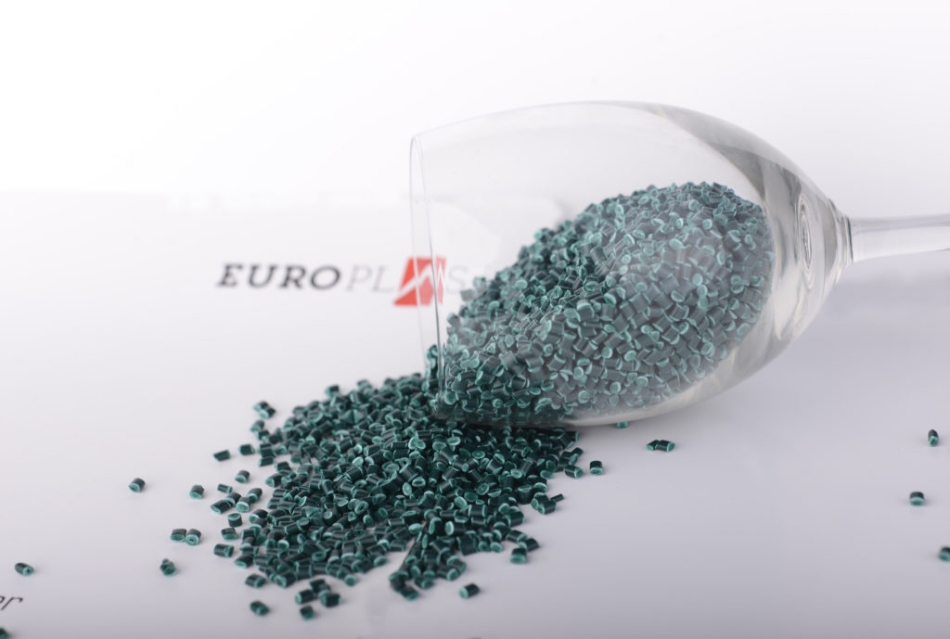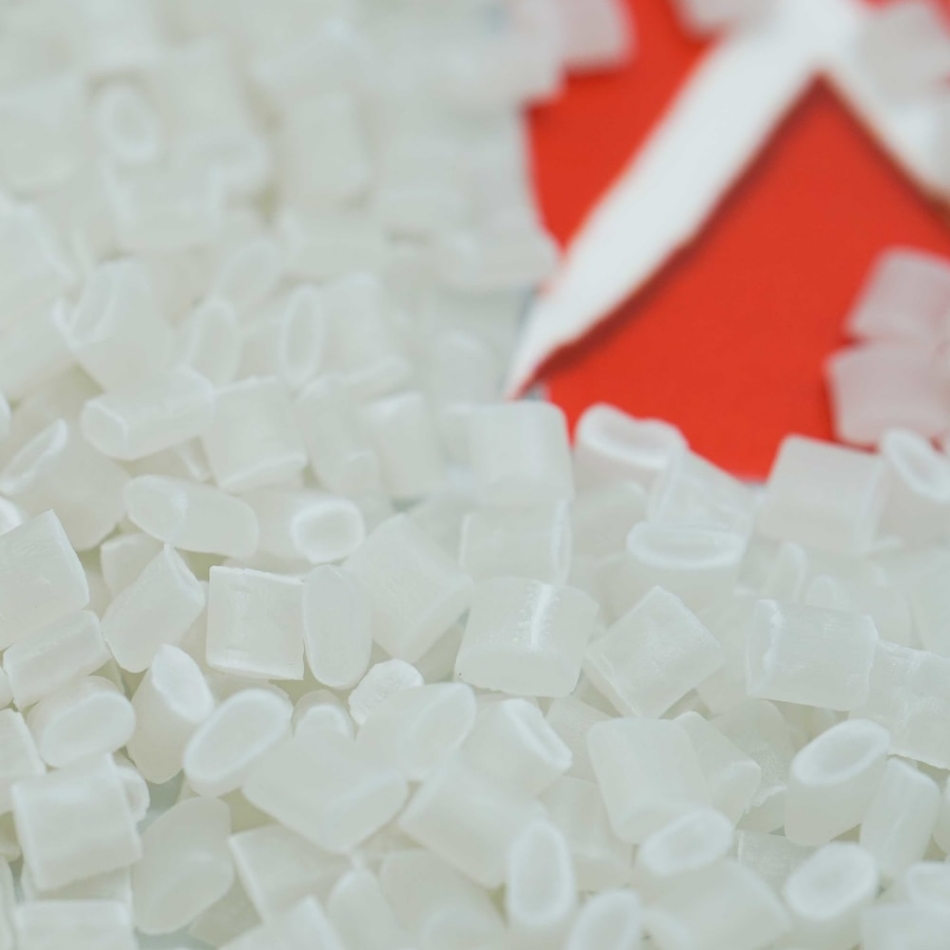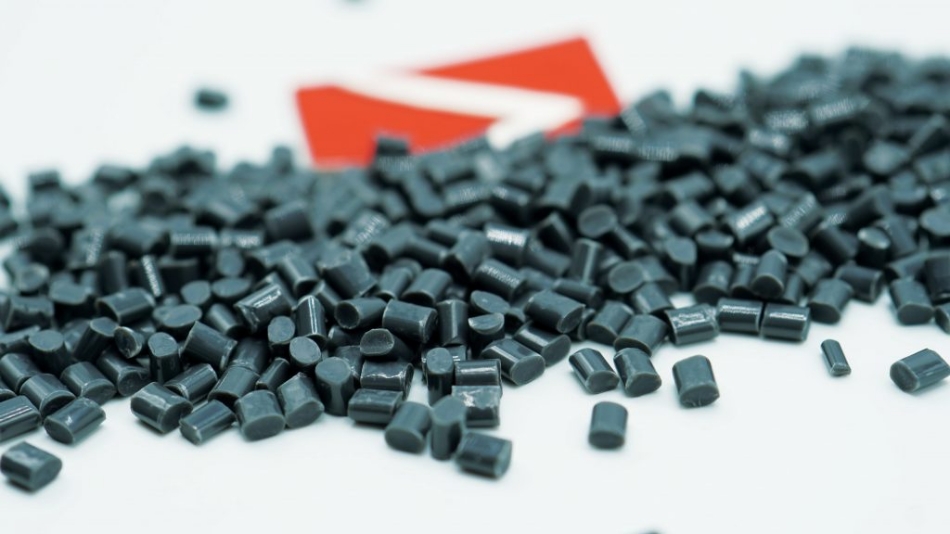PP engineering plastic compounds are one of the new materials favored by many businesses because of their superior performance compared to traditional plastic and the variety in types and applications. In this article, let's find out the most popular types of PP engineering plastic compounds and their applications in the plastic industry!
Polypropylene has long been known as a traditional plastic material, accounting for the second highest proportion (20%) in the global consumption of plastic materials (according to FPT Securities, plastic industry report 2019). This is also an important raw material for many production industries such as packaging, building materials, household appliances, etc. However, it was not until the PP engineering plastic compound was born that the plastic industry witnessed a huge leap in the number of PP products.
1. What is PP engineering plastic compound?
PP engineering compound is a mixture of PP resin and special reinforcements such as fiber/glass beads, talc mineral, conductive black carbon, and flame retardant additives,... The choice of which reinforcement will depend on the technical requirements and intended use of the finished product. This means that, instead of mass production, engineering plastic compounds in general and PP engineering plastic compounds, in particular, are researched and tailored based on the end product's characteristics. This is the biggest difference between PP engineering plastics and traditional PP plastics.
 PP compound is a mixture of PP resin and special reinforcing agents.
PP compound is a mixture of PP resin and special reinforcing agents.
Typically, the production process of engineering plastic compounds includes the following steps:
- Step 1: Customers give specific requirements for the desired material. If there is no specific requirement, customers can send the finished product to suppliers. Then the supplier will conduct research and recommend suitable formulas.
- Step 2: After researching, the supplier will produce samples and send customers to test some technical indicators (mechanical properties, color, heat resistance, ...)
- Step 3: The customer informs the test results, if the material meets the requirements, the supplier will proceed to manufacture according to the order.
Also, because it is manufactured based on the characteristics of the finished product, PP engineering plastic compound can carry all the features required by the finished product in a single material. Meanwhile, traditional PP needs to be mixed with other materials such as additives, fillers, etc. to ensure that the finished product meets technical and usage requirements. In other words, using plastic compounds helps businesses simplify the production process (eliminate mixing materials), save time, and improve productivity.
2. Types of PP engineering plastic compounds and their applications
Thanks to the reinforced component- glass fiber, the PP-GF compound helps to increase stiffness, reduce shrinkage, and improve impact resistance and heat resistance for finished products. This group of materials is often used in the manufacture of car doors, and parts in household appliances such as rice cooker covers, kettle handles, etc.
 PP-GF compound helps to increase stiffness, reduce shrinkage, and improve impact resistance and heat resistance for finished products
PP-GF compound helps to increase stiffness, reduce shrinkage, and improve impact resistance and heat resistance for finished products
Glass beads are a familiar reinforcing component in PP engineering plastic compounds. With their smooth surface and solid texture, glass beads increase the wear resistance of the end product. In addition, this material also allows the molten polymer to cool uniformly over the entire part, thereby preventing the formation of cracks and minimizing shrinkage. On the other hand, using glass beads shortens product cooling time by 15 to 25% during injection molding and extrusion, thereby speeding up machining cycles and increasing productivity.
With outstanding benefits, PP glass bead compounds are widely used in automotive, interior decoration, and home appliance manufacturing.
Talc has long been known as an effective filler that not only reduces production costs but also improves product mechanical properties. The PP talc compounds help the end product to increase stiffness and flexural modulus, increase flexural strength, reduce shrinkage, and reduce the tendency to stretch with temperature. Therefore, the material is often applied in the manufacture of cars, motorcycles, outdoor equipment, and products that require good shaping in high-temperature environments for a long time.
The PP BaSO4 compounds is a combination of PP resin and BaSO4 - the main ingredient to create a transparent filler masterbatch. Using BaSO4 reinforcement helps to improve the surface performance of the end product: increase gloss, hardness, stability, and reduce shrinkage and deformation with temperature. The material is widely used in the production of household appliances such as rice cookers, vacuum cleaners, water purifiers, sanitary ware, etc.
PP engineering plastic compound with carbon black conductive reinforcement is a particularly favored material in the electronics industry. The product provides higher stability compared to traditional PP plastic, while also enhancing the conductivity of the final product.

PP conductive compound
Flame retardants are an important ingredient in the production of household electrical and electronic equipment to prevent the accumulation of electricity on plastic surfaces causing the risk of fire and explosion. Therefore, PP compound with flame retardant composition will be the perfect choice for businesses in these industries.
3. PP Compound from EuroPlas
With nearly 14 years of experience in supplying plastic materials, EuroPlas PP compound has become a pioneer name trusted by many customers around the globe. Thanks to a system of modern research laboratories, advanced production lines, and a team of experienced engineers, EuroPlas confidently provides customers quality PP compounds at the most reasonable prices.
For detailed product information and samples, please contact us at this form!